Multifamily Strategy
Crafting Success: Plan Your Work and Work Your Plan
Success begins with a plan.
When you plan your work, you outline a clear path to your goals.
Clarity is key.
Define what you want to achieve.
Break it into manageable steps.
Prioritize tasks that drive you forward.
Now, work your plan.
This means exercising non-compromising grit, no matter the obstacles.
Focus on execution.
Consistency is your ally.
Adapt as needed, but never lose sight of your destination.
Planning and action are equally important.
A plan without action is fantasy. Action without a plan is chaos.
Think of the plan as a roadmap.
It guides you.
Regularly review and adjust.
Celebrate small wins.
It’s key and fuels your momentum.
Stay disciplined.
Success is a marathon, not a sprint.
In business, these principles are vital.
They transform ideas into realities.
They separate wishful thinking from tangible results.
Planning anchors your vision.
Execution propels you towards it.
Together, they turn dreams into achievements.
This balance fosters growth and resilience.
A strategic approach maximizes potential.
Embrace both planning and action.
They are your keys to the kingdom of success.
“Success is found in the harmony of planning and executing.” – Mike Brewer
Share this:
Kill Your Sacred Cows: The Key to Business Growth
Innovation thrives not in creating new ideas but in eliminating the old ones.
Clinging to outdated strategies will sink your multifamily business.
Courageously kill what no longer serves you and your organization.
By creating space, new ideas can take root.
“True innovation is the art of relentless pruning.” – Mike Brewer
Share this:
Who are you watching and why? That’s the question every savvy business owner must ask to stay ahead of the curve.
You’re watching your competitors. They’re your benchmark for success and innovation. Studying their moves reveals market trends and consumer preferences.
Next, you’re watching both industry and outside leaders. They set the standards and push boundaries. Learning from their successes and failures can spark new ideas and improve your strategies.
Finally, you’re watching your customers. Their feedback, behavior, and needs should guide your decisions. Listening to them can help you anticipate changes and adapt swiftly.
Stay curious, stay informed, and stay ahead.
Share this:
The world moves fast.
Technology, culture, and information evolve at lightning speed.
To thrive, embrace change and adapt quickly.
Stay curious, seek knowledge, and cultivate flexibility.
In this era of acceleration, resilience is key.
“Speed up your thinking, and the world slows down.” – Mike Brewer Click To TweetThe rapid pace of change can overwhelm, but it’s also an opportunity.
Learn continuously and be open to new ideas.
Anticipate trends and pivot when necessary.
Build a network of forward-thinkers.
Those who cope, adapt, and innovate will lead in this accelerating world.
Share this:
The Power of “Yes, And”: Transform Your Conversations
Sponsored by theGuarantors
Imagine you’re in a meeting, ideas flying around, and someone pitches a wild concept. Instead of shutting it down, you respond, “Yes, and…”
This is the principle of “Yes, And.” It’s a tool from improv comedy that is useful in business, too.
When you say “Yes,” you validate the other person’s idea.
It shows respect.
Adding “And” builds on the idea.
It encourages creativity and collaboration.
This principle transforms conflict into cooperation.
Try it in your next conversation. You’ll see immediate results.
Share this:
- Page 1
- Page 2
- Page 3
- Interim pages omitted …
- Page 8
- Go to Next Page »

